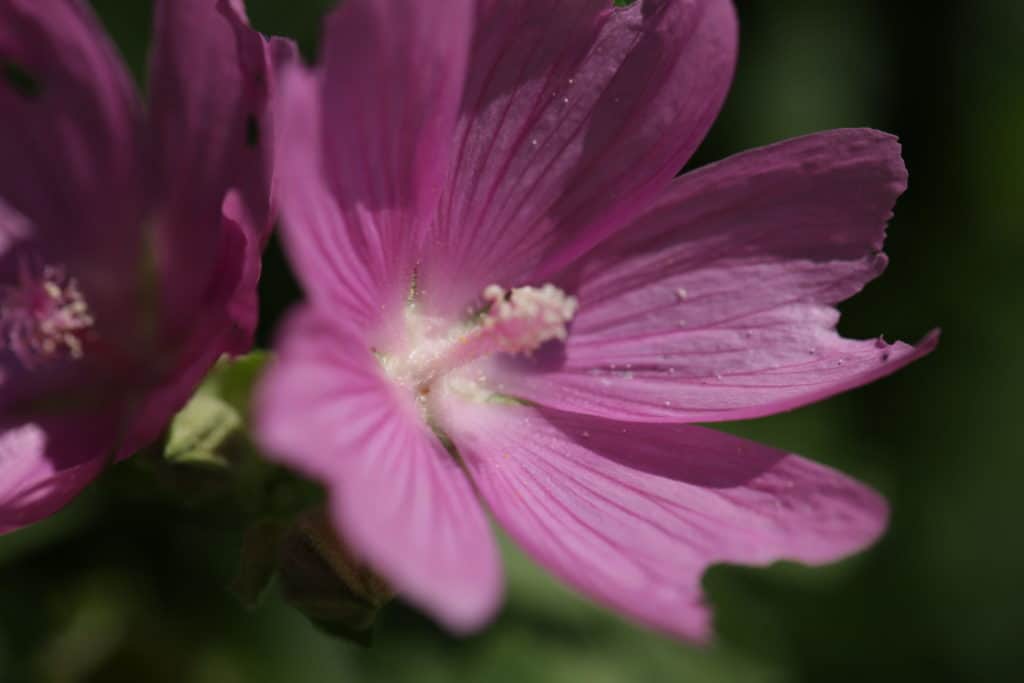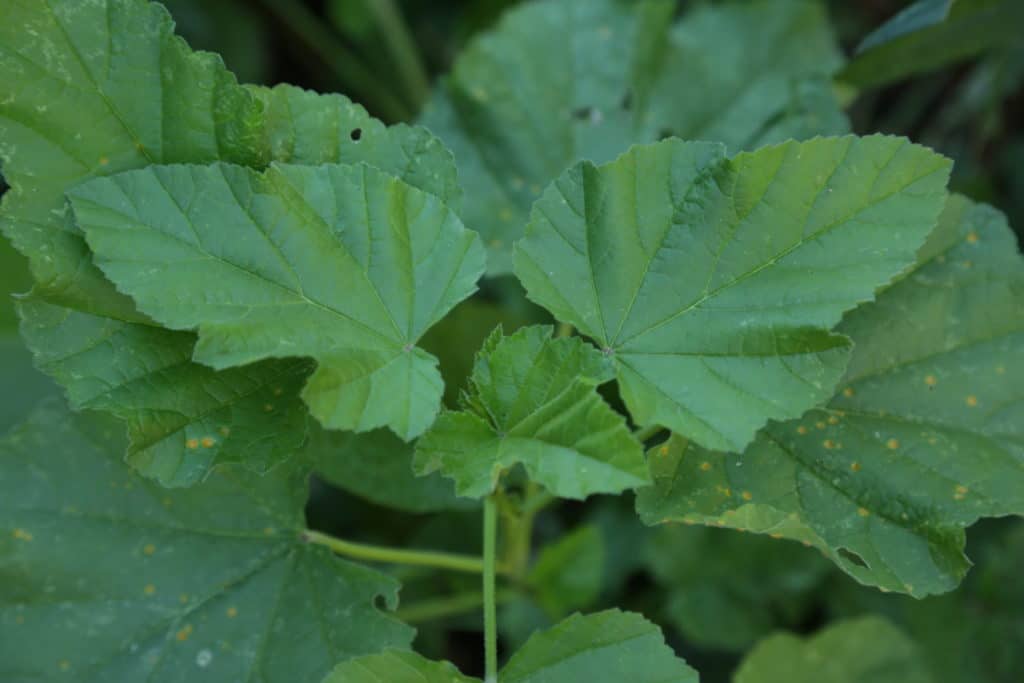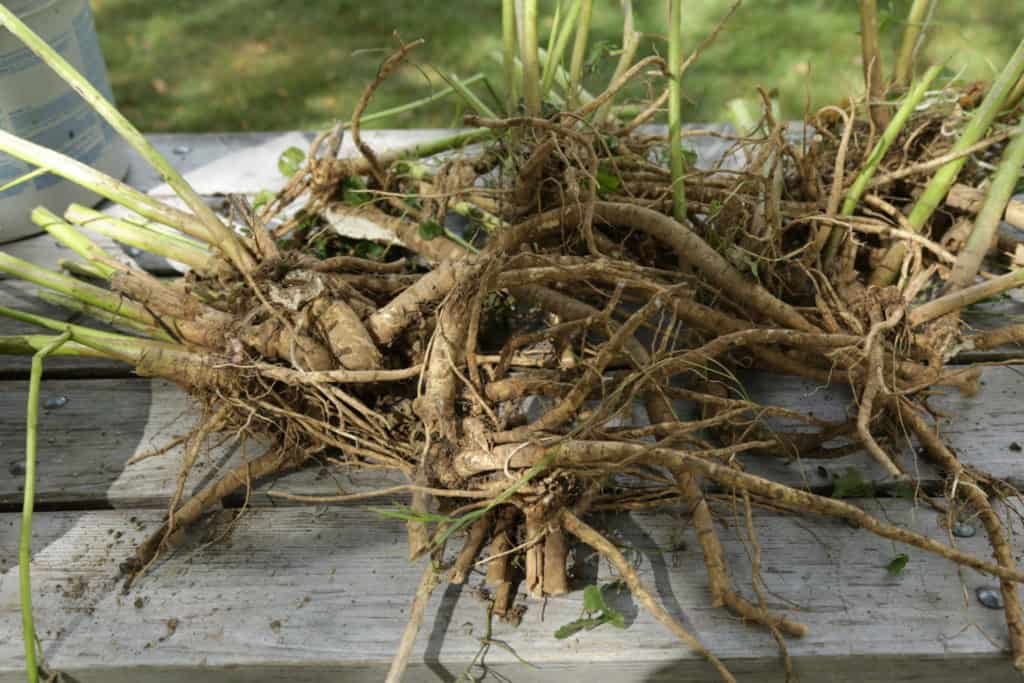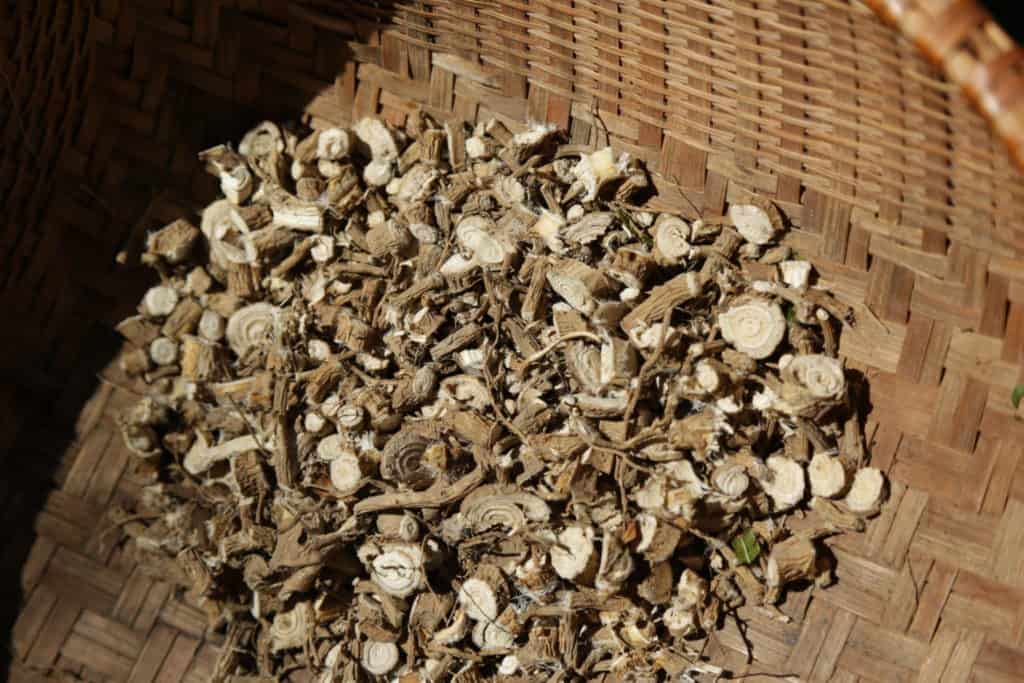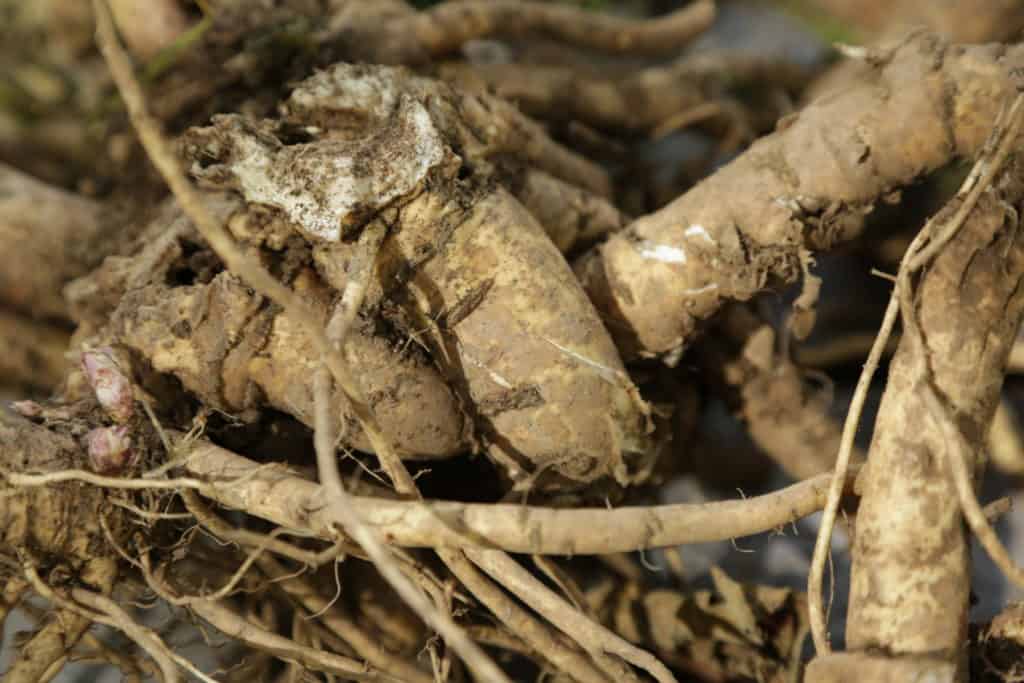Marshmallow Root, the Soft Cure
Fall is upon us again. The deciduous trees gloriously shine as their leaves die back and they prepare for the coming winter. Herbs & flowers go to seed and perennials send their energy to the roots while their aerial parts die back. Now, when the energy of the plant is in the root, is a good time to harvest roots. Early spring is a good time as well, for the same reason. What root out of the many, shall we discuss? There are so many to choose from. I’ve decided on Althea officinalis, Marshmallow.
Althea officinalis, Marshmallow, can be found in salt marshes and is easy to grow in the garden. It’s quite easy to find the wild variations High mallow, Malva sylvestris & Common mallow, Malva neglecta around yards and fields. Marshmallow is on my must have list for the home apothecary.
(Malva sylvestris)
All the mallows are part of the Malvaeacea family and are interchangeable. Malva, from Greek, means “soft” and soft describes every part of this plant. The toothed or lobed leaves are arranged in an alternate pattern. The leaves are so soft in Althea you want to rub them on your face. The 5 petaled flowers, equally as soft, range in color from pale pink in Althea, to pink and dark-red veined in the High mallow and finally pale rose or white in the Common mallow.
For our discussion about the medicinal properties we will focus on the “official” mallow, Althea officinalis, but remember, all species are interchangeable. Althea in Greek, means “to cure.” Officinalis, in botanical naming, means the official or common version of the plant.
Althea can be thought of as “the soother” and all parts of the plant are medicinal. The leaves can be up to 16% mucilage and are used for soothing in the urinary system conditions such as cystitis, urethritis and kidney stones. They are also used in the lung for bronchitis and dry, irritating cough.
Medicinal properties
The root is the main part of the plant I use for medicine. It contains 18-35% mucilage. Mucilage is just what is sounds like, mucousy. It moistens dried tissue, especially in the digestive tract and is my go-to herb for any digestive upset. Other properties include demulcent, diuretic, anti-biotic (Psuedomonis aeruginosa in respiratory infections, Proteus vulgaris intestinal infections and Staphylococcus aureus in respiratory & skin infections), anti-inflammatory and expectorant. It’s worth considering for a range of digestive issues from mouth inflammation, gastritis, acid reflux, peptic ulceration, leaky gut and colitis. Studies have shown marshmallow root equally better than Tagamet for treating acid reflux and I have used it this way with great success. Another area I’ve found helpful is with the upset stomach that comes with taking cortisone.
The root, the leaf and the flower can be used topically to make drawing ointments for boils & abscesses.
How do I work with this plant?
The best way to ingest the plant is in an herbal extract with water. Most people call it tea. Herbalists refer to teas of the aerial parts as infusions and the roots decoctions. They are prepared in slightly different ways because the roots are tougher and a little harder to extract. You might also consider making an alcohol extract, but must be done in a low alcohol content (25%). Most of what you want to be extracting are the water-soluble parts and using high alcohol causes those particles you want, to come out of solution. In chemical terms they “precipitate out of solution.” I prefer to use Marshmallow as a water extraction rather than a tincture.
For water extractions, you can use fresh or dried root. I recommend every home apothecary have this root on hand. You can buy root dried from local herbalists or you can grow and dig your own.
If you are going to grow and dig your own, here’s how. Once you dig the root, use your special root brush (A brush you designate for roots and not cleaning the floors!) to brush off the dirt (no need to wash it since you’ll be getting ready to dry it). Next, chop it up into small pieces much like you would chop carrots for soup. Set them to dry in a warm, well-ventilated space, or in a dehydrator, until they snap when you bend them. Place the dried roots in a beautiful glass jar and store jar in a cool dark place.
How to make a water extraction
When the need arises, there are three methods for making the water extraction. I’ve tried all three and am happy with all of them. The first method will give a more mucilaginous extraction. Method #1: Place palm full of root in 1 quart of water in pan and simmer on low for 40 minutes. Method #2: Place palm full of root in quart jar, pour 1 quart of boiling water over & let steep overnight. Method #3: Place palm full of root in quart jar, pour cold water over and let sit overnight. Adult dosage is ½ cup of the extraction 3 times per day. Store the unused portion in the fridge. Drinking the extraction cold is more soothing. That’s it! Simple.
The only caution for Marshmallow root is that because of its protective mucilaginous properties to mucous membranes in the stomach it may interfere with the absorption of other medicines. If you are taking other herbs or pharmaceuticals it’s best to take the Marshmallow one hour before or two hours after the other medicines.
Marshmallow is a beautiful addition to the garden and to the apothecary. I hope you consider adding this soother to yours.

